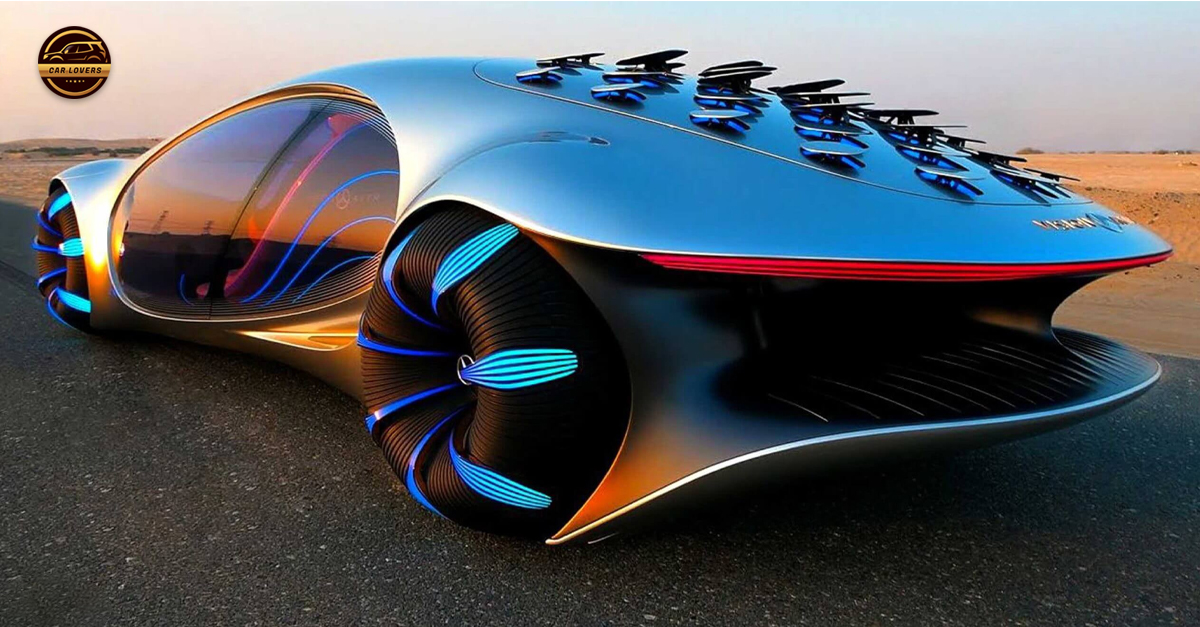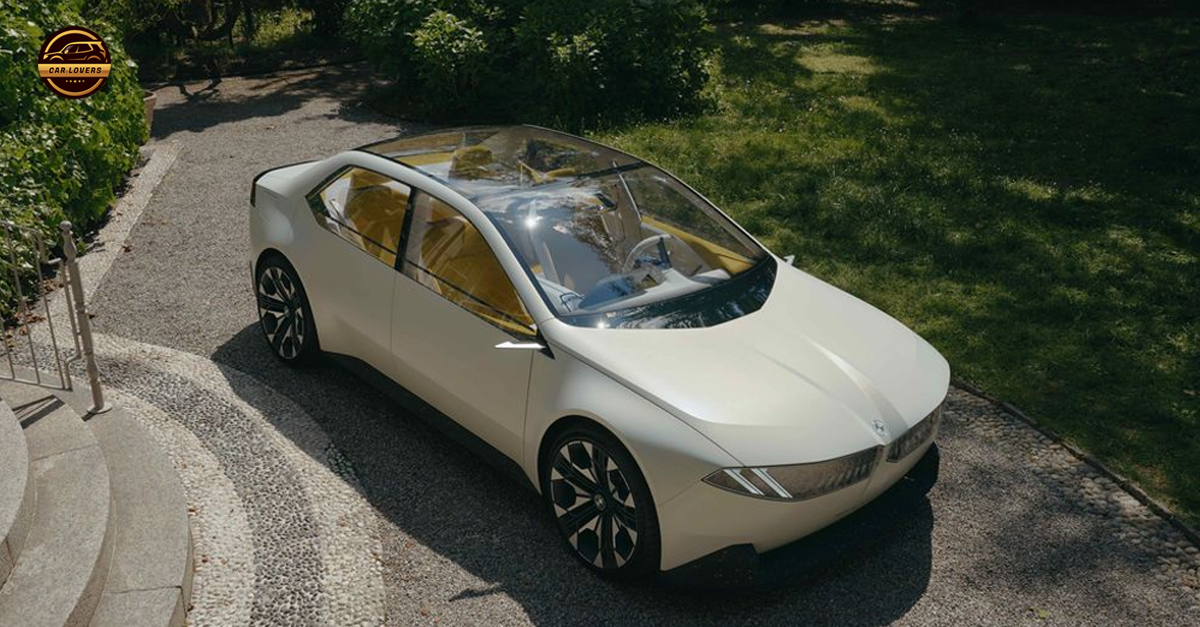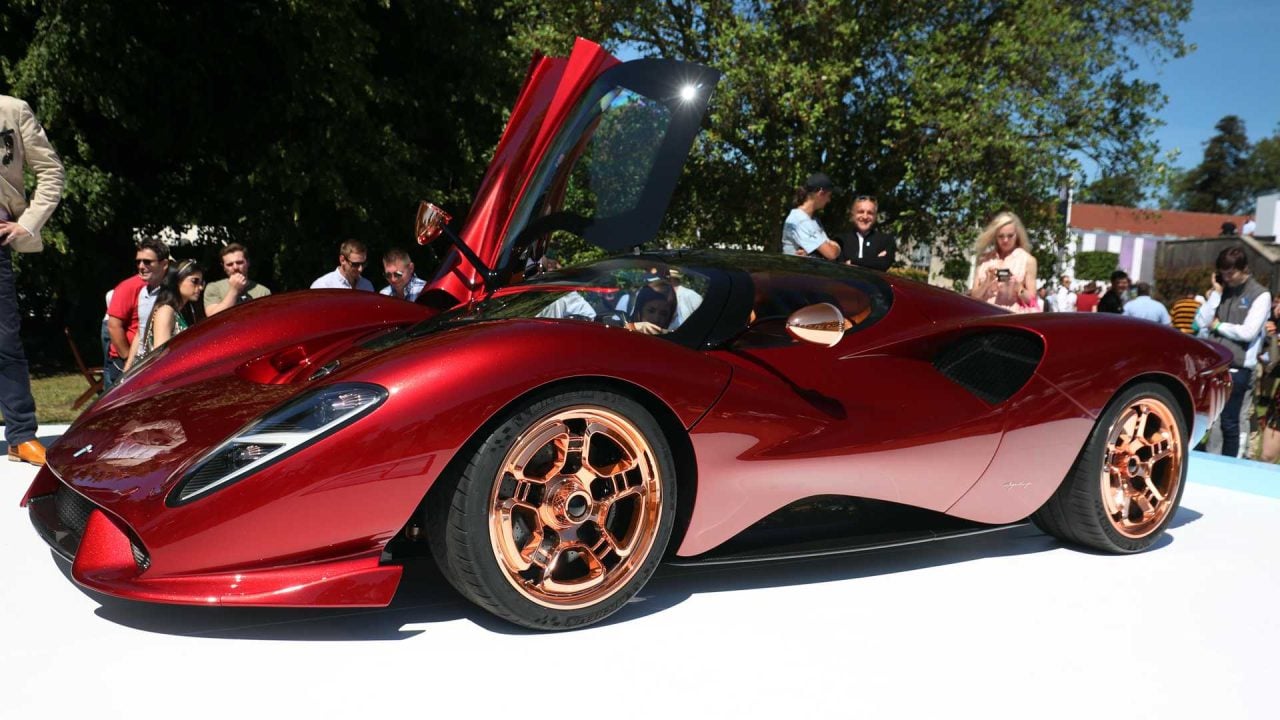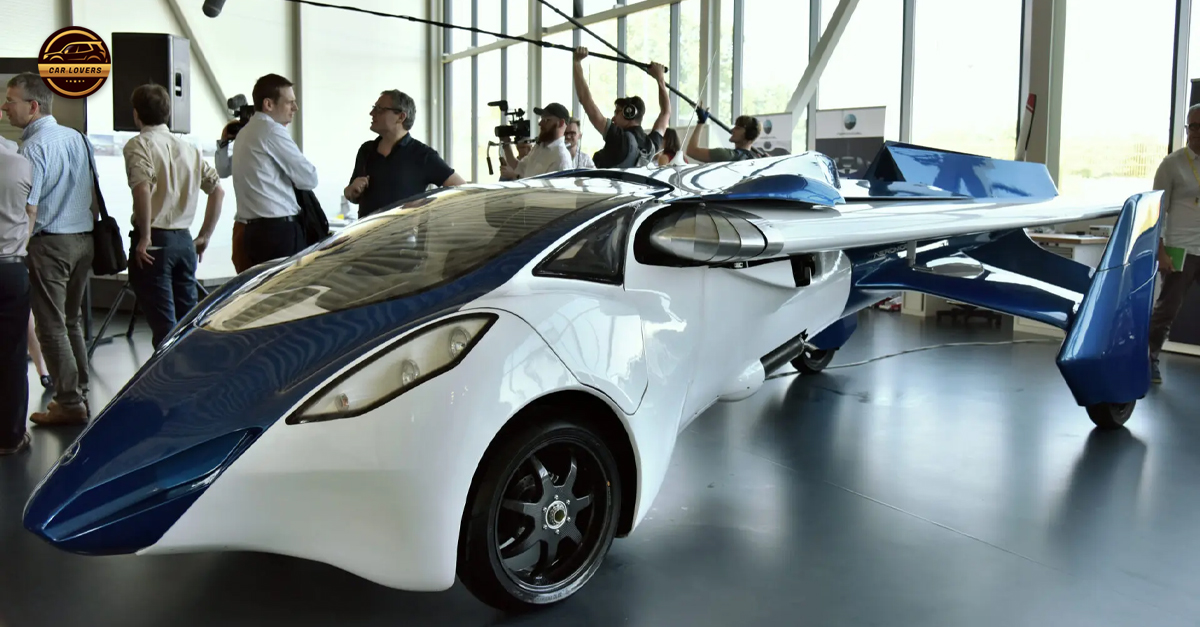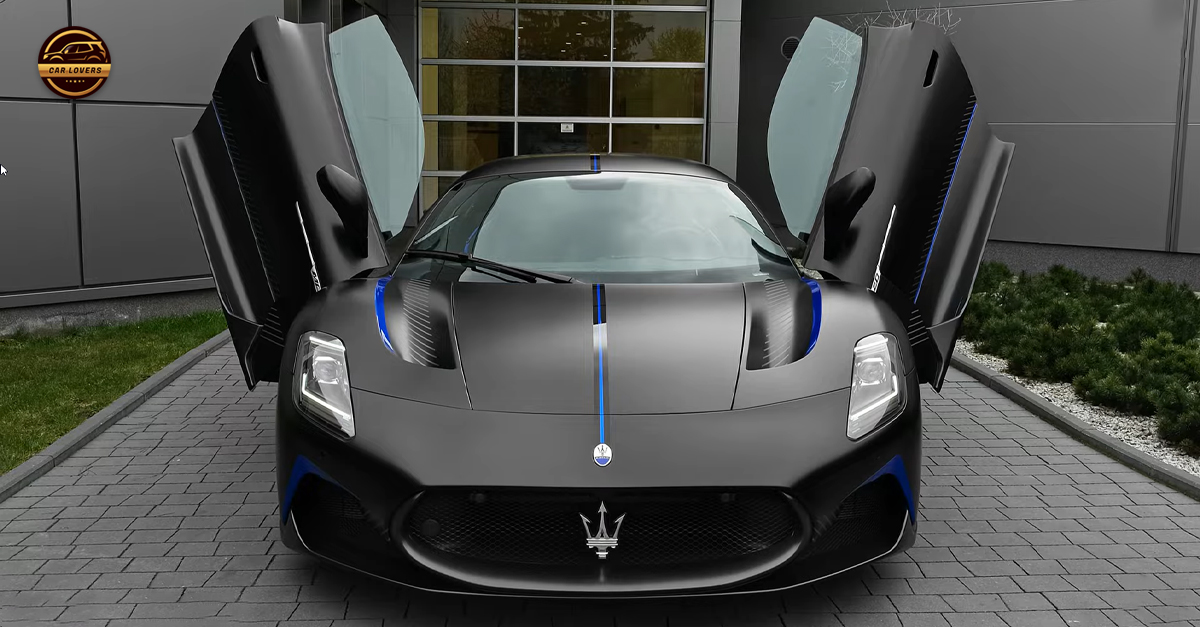The Lamborghini Huracán Sterrato, against all odds, defies logic and yet captivates the senses. It is the pinnacle of the Huracán lineage, pushing the boundaries to deliver the most exhilarating and hands-on driving experience imaginable.

It drives beautifully, making it the most comfortable Huracán ever designed. Speed bumps and potholes are not a barrier and parking spaces can be improvised. It has the same exciting 5.2-liter V10 engine as before and the acceleration and soundtrack to go with it, and also the same visual drama: the Huracán’s bodywork sports the rally-inspired bow cladding, headlights and snorkel.
And it turns out that it is crazy to drive on the track, and off it, on sand, gravel and dust. “The interesting thing about this car,” smiles Lamborghini sales and marketing director Federico Foschini, “is that the more extreme Huracán and the more comfortable Huracán are actually the same thing.”
However, the Huracán Sterrato (Italian for ‘dirt road’) is not a car born from the marketing department. It came entirely from Lamborghini’s R&D and design teams, and began life as an internal Skunkworks project.
“[Former Lamborghini technical director] Maurizio Reggiani was convinced that the Huracán’s four-wheel drive system was capable of doing something like this,” says Foschini. ‘And in 2017, a prototype was built…’

“We did a one-third scale design model, and Rouven Mohr (now Lamborghini CTO, then head of complete vehicle development and hard at work on the Urus) liked it a lot; we both love vintage rally cars. I said, “why don’t we build a demonstrator?” He said, “yes, we have a free Huracán Performante development car.” I began to design the lining and so on…’
“Everyone fell in love with it, especially when they were driving it. It was our R&D baby that we were proud of, but it wasn’t the time to launch it.’ When Stephan Winkelmann returned to Lamborghini as CEO in 2020, during “the longest design meeting ever,” a production version got the green light. ‘When we showed him the Sterrato, he said, ‘That’s what we have to do,’ says Borkert. “It fit with his ‘always different’ philosophy for the brand.”
Fast forward to 2023 and the production-spec Huracán Sterrato is here, right in front of us under the California sun and ready to drive. In the UK, it’s priced at £232,820, around £29,000 more than the Huracán Tecnica (although most customers in all markets are expected to specify between €30 and €40,000 worth of options, which includes the spotlight pods). separate, roof racks and optional liveries, including an Alitalia-inspired graphic scheme a la Lancia Stratos).

It’s limited to 1,499 cars worldwide (a number that changed more than once, Mohr mentions, after the Sterrato sold out faster than expected when it was first revealed). Nearly half will be sold in the US, with Europe and the Middle East being the next largest markets.
A roofscoop air intake is standard to better feed clean air into the V10. “This was the last feature to be added,” says Borkert. ‘Came from testing: because when you go sideways, the air from the normal vents in front of the rear wheels shuts off…’)
Hop in and the main visual difference in the interior vs. a ‘normal’ Huracán is the discovery that the snorkel system almost completely blocks the main rearview mirror. On a Huracán STO, you can see through the engine cover slats as if you were looking through the ribcage of a carbon fiber creature. On the Sterrato, there are only small daylight slits on either side of the new snorkel in the main mirror, and without a permanent camera display, you’re more or less totally reliant on the door mirrors once you’re on the move.

Aside from the hard-wearing floor mats, the other main differences in the interior are a new set of off-road displays for the touchscreen, with compass, inclinometer and heading angle graphics, and a keyword change to the drive mode switch in the steering wheel: instead of Corsa, there is Rally mode.
We’ll find out what that entails on (and off) the track shortly, but first on the road. Frustratingly, that predominantly involves heavily trafficked highways and a detour through a visually appealing but busy national park, with blind corners and strictly limited speed. It reveals a lot about the refinement and usability of the Sterrato; At high speed highway cruising, the all-season tires (Bridgestone Duelers run-flat, of a construction developed specifically for the car) are actually very quiet (on roads certainly with smooth surfaces); certainly much less noise enters the cabin than in those of Porsche. 911 Dakar and previous generations of the Huracán, which could be really hard work on a long journey. It’s easy to carry on a conversation without raising your voice.
There’s still nowhere to put anything in the cabin and the trunk in the front is still small, but you now have the option of roof racks, which could make this the most practical Huracán for road trips yet. Especially since you can easily go off-road and explore, at least to the same extent as you would in a regular car, if not an SUV – we go off-roading and on a quick tour of a campground, just because we can, and In the city it’s easy to go up and down access ramps or broken asphalt without a second thought.
It’s certainly not a Land Rover: Mohr explains that the Sterrato’s job is to “go full throttle down a gravel stretch, for fun”, rather than scramble over ruts and obstacles, and it’s a different proposition to the 911 Dakar. , which is capable of more rugged climbing and climbing.

The road leg reveals less about how the Sterrato feels dynamically at speed. There’s more pitch and roll than a normal Huracán, of course; The ride height is 44mm higher (it sits, about, as high as the regular car when the nose lift is engaged), the springs are 25 percent softer, and they’re longer, too, about 34mm. , for the additional requirement. travel. The shocks are also longer but essentially the same adaptive units as the regular Huracán, from the same supplier.
The road-focused Strada mode and firmer Sport setting have been recalibrated accordingly; you turn the wheel in Strada and there is only a fractional latency between the movement of the wheel and the body that follows it. It’s far from wallowing, and the resulting body roll is very well contained. Steering is a bit lighter than on a regular Huracán, certainly down to the tire tread blocks, but there’s still enough feedback to feel what’s going on. The car behaves basically the same in Sport at low speeds: just a bit more weight to the steering, a bit less roll as the shocks get stiffer, and a lot more noise from the exhaust system. This is a very loud car when the taps are on.
And a very, very fast one. Top speed is limited to 162 mph, partly by the tires and partly because the car’s raised suspension setup could lead to some unpredictable stability traits if the Sterrato were allowed to reach the very high speeds of its stablemates. But it’s still a sports car-worthy top speed, and it’s still supercar-quick in terms of acceleration. And the sound and throttle response of the naturally aspirated V10 are as glorious as ever. It’s a lovely engine to pass the time.

Sport mode also concentrates much more torque (actively split by the same system as regular all-wheel-drive Huracán models) in the rear; up to 80 percent if conditions permit. At the circuit, a purpose-built rallycross track for Lamborghini at Chuckwalla Valley Raceway east of Palm Springs, more than 2.5 miles long and split roughly evenly between tarmac and gravel, we alternated between Sport mode to the black stuff and the new Sterrato Rally. mode for loose surface sections.
It is fun. On tarmac, there’s a lot more pitch under braking than in a normal supercar, but it’s well controlled and it’s possible (and encouraged by Lamborghini test chief Mario Fasanetto, sitting in the passenger seat next to you) to use that weight transfer. to loosen the rear of the Sterrato. and then balance it on a slide. Unlike other current Huracáns, the Sterrato has no rear-wheel steering (it felt unnatural in response when paired with the all-terrain tires in testing, explains Rouven Mohr) and its torque vectoring by braking system has been rescheduled. On a more trail-focused (tarmac) Huracán like the STO, the inside rear brake is on tight to aid agility in turns; on the Sterrato, it’s more about supporting the car’s stability once it’s drifting.
We headed off the circuit and into the gravel loop, switching the driving mode to Rally mode just before the tires left the track. It’s a long, technical series of tight corners, short straights and very fast, flowing corners, some at the top of third gear. It’s not a smooth ride: there are some tricky bumps and the suspension hits the bump stops in several places. Fasanetto says not to worry: ‘Keep pushing, shift, next gear.’
It’s a car you feel comfortable with very quickly; almost immediately on loose things your hands are crossed, applying opposite blocking, without really thinking about it. It takes a bit of learning to get the best of it: you need to start the engine early, engage all-wheel drive, and then use all that lovely headroom from an 8500-rpm top and naturally aspirated throttle response to get the most out of it. best of him It’s deliberately set up with an oversteer balance, but there’s still plenty of traction; And you pick up and go quickly even in loose sand.

It feels incongruous sitting in a supercar’s low driving position, with that shallow-angled Lamborghini windshield in front and that V10 engine barking and howling behind you, while you watch torrents of sand arcing upward from the front wheels. , or sustain a Hurricane. In a controlled slide at an angle that should look crazy from the outside but feels serene from the inside of the car.
It is fun.
And ironically, the Sterrato might be, in a way, the pick of the bunch: the perfect Huracán for the pockmarked and battle-scarred roads of the UK. Quite a moot point because the Sterrato’s career is exhausted. And while there will be another 60th anniversary special-edition Huracán based on the regular tarmac-based car before the model line is retired entirely at the end of 2024, this is the latest new derivative to be spun off from the Huracán, which he is now a decade old. platform.
And it’s a swan song for the V10 engine, as the Huracán’s replacement, to be revealed in 2024, is expected to be powered by a hybrid V8 powertrain. It’s a fabulous way out: a bold Lamborghini that pushes boundaries, unlocking more of the Huracán’s potential in many ways than anyone could have imagined at the start of its lifespan.

